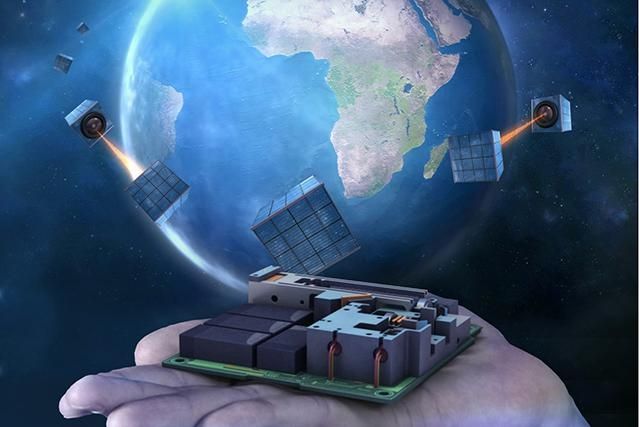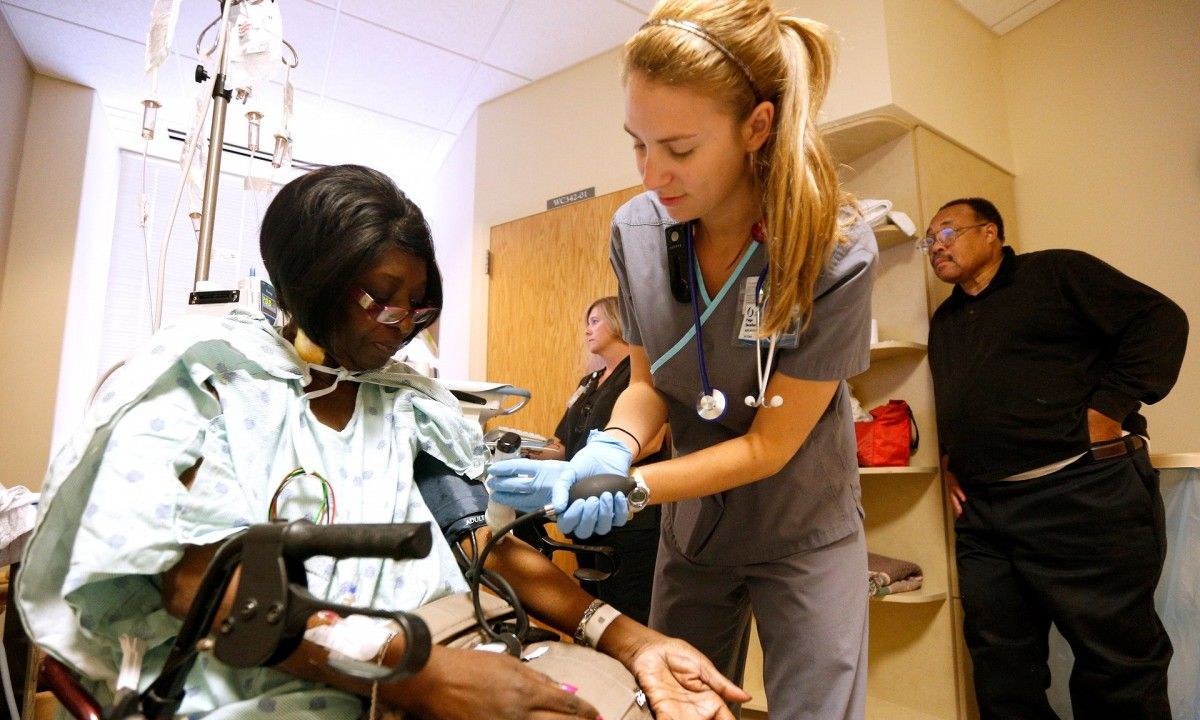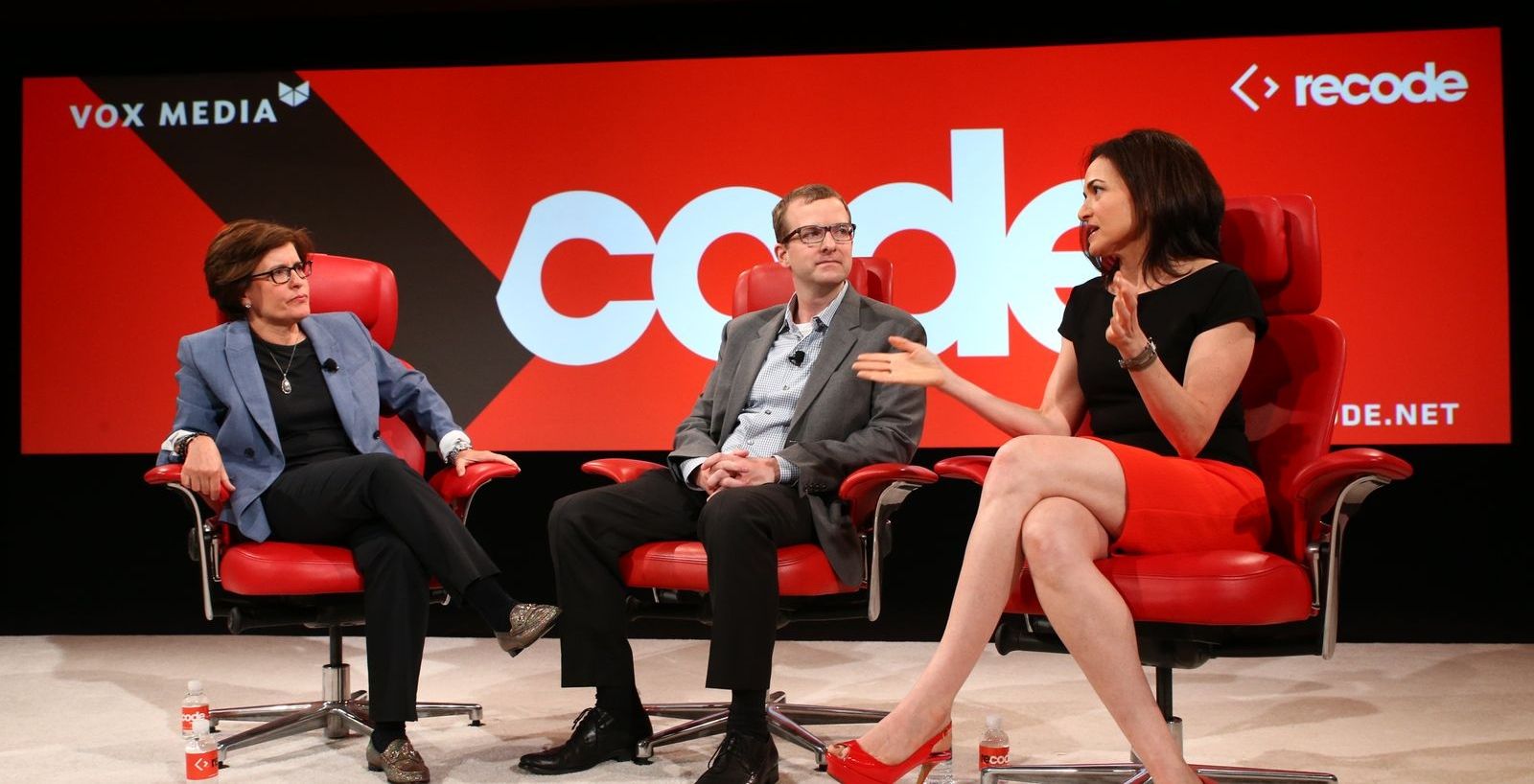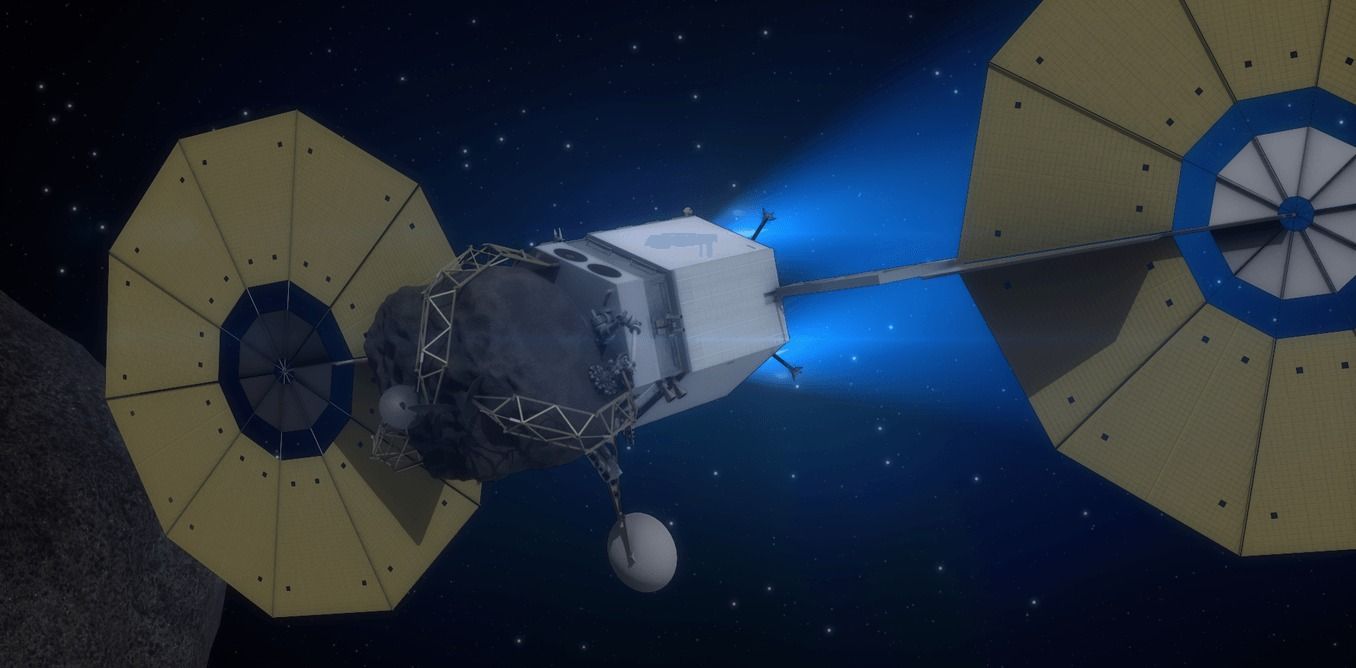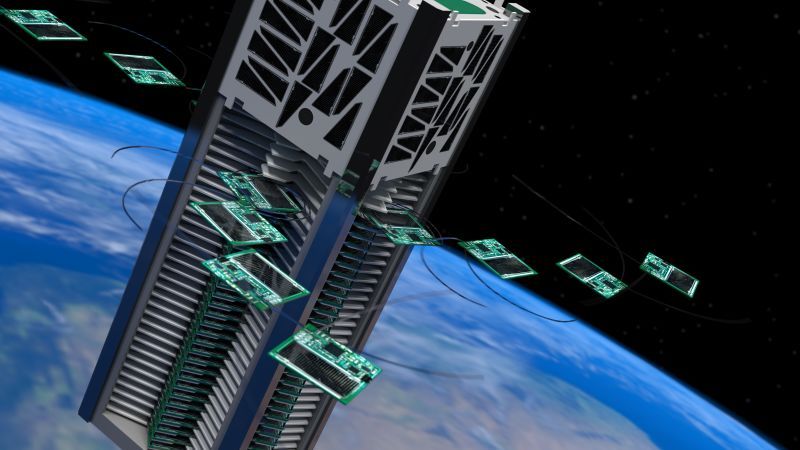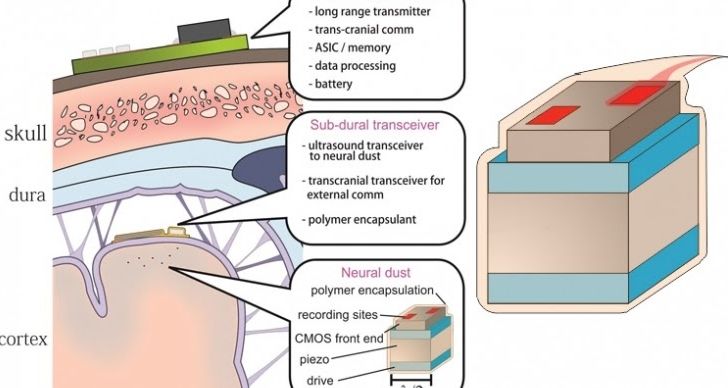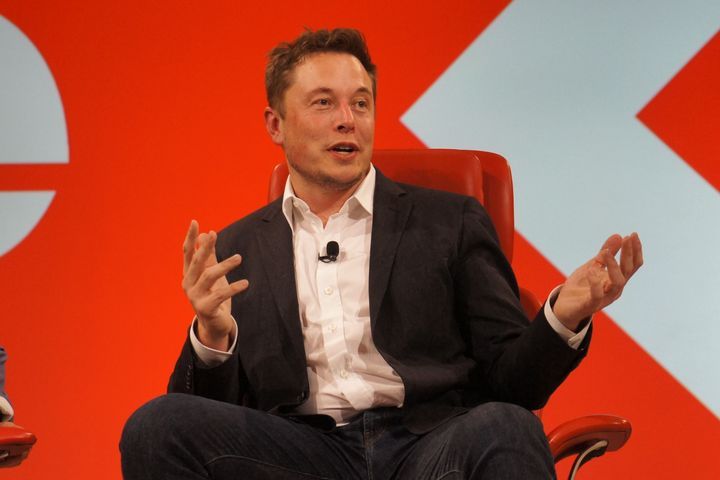Jun 2, 2016
Quantum satellite device tests technology for global quantum network
Posted by Karen Hurst in categories: computing, internet, particle physics, quantum physics, space
Another reliable article on the Quantum Internet work.
You can’t sign up for the quantum internet just yet, but researchers have reported a major experimental milestone towards building a global quantum network — and it’s happening in space.
With a network that carries information in the quantum properties of single particles, you can create secure keys for secret messaging and potentially connect powerful quantum computers in the future. But scientists think you will need equipment in space to get global reach.
Continue reading “Quantum satellite device tests technology for global quantum network” »

